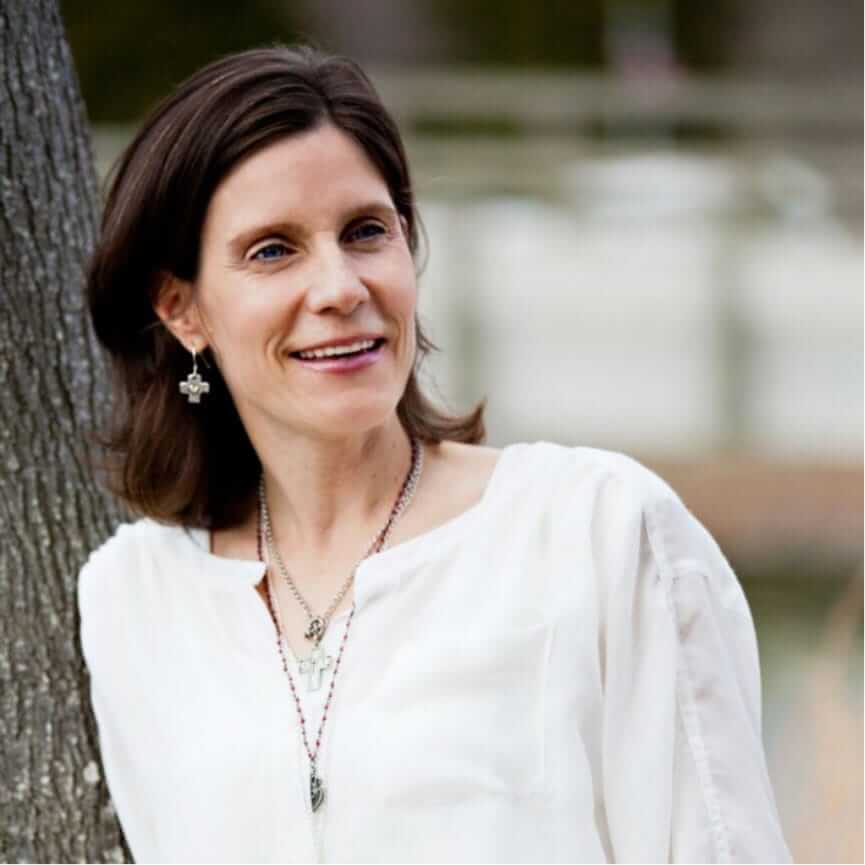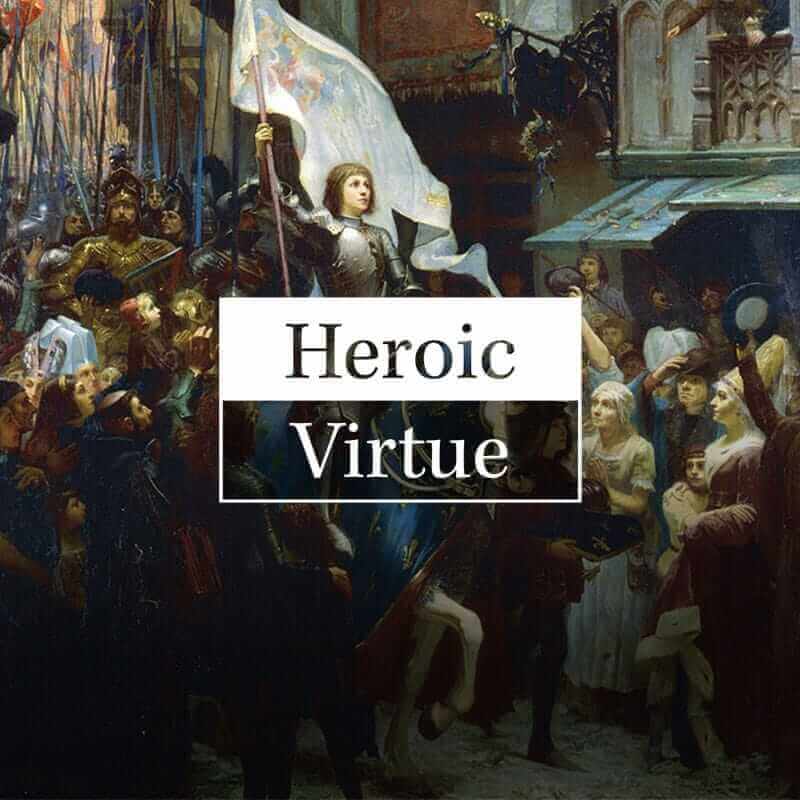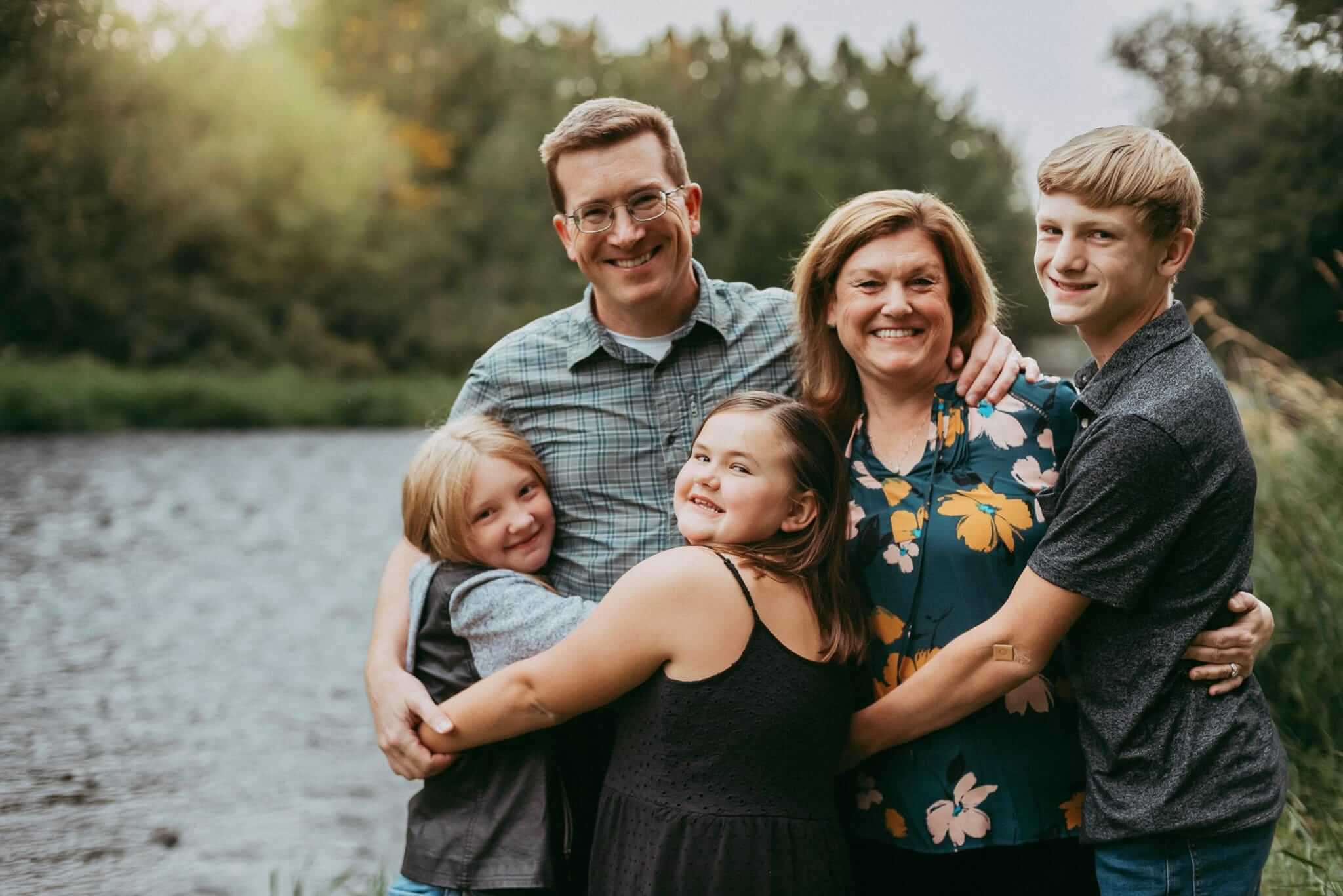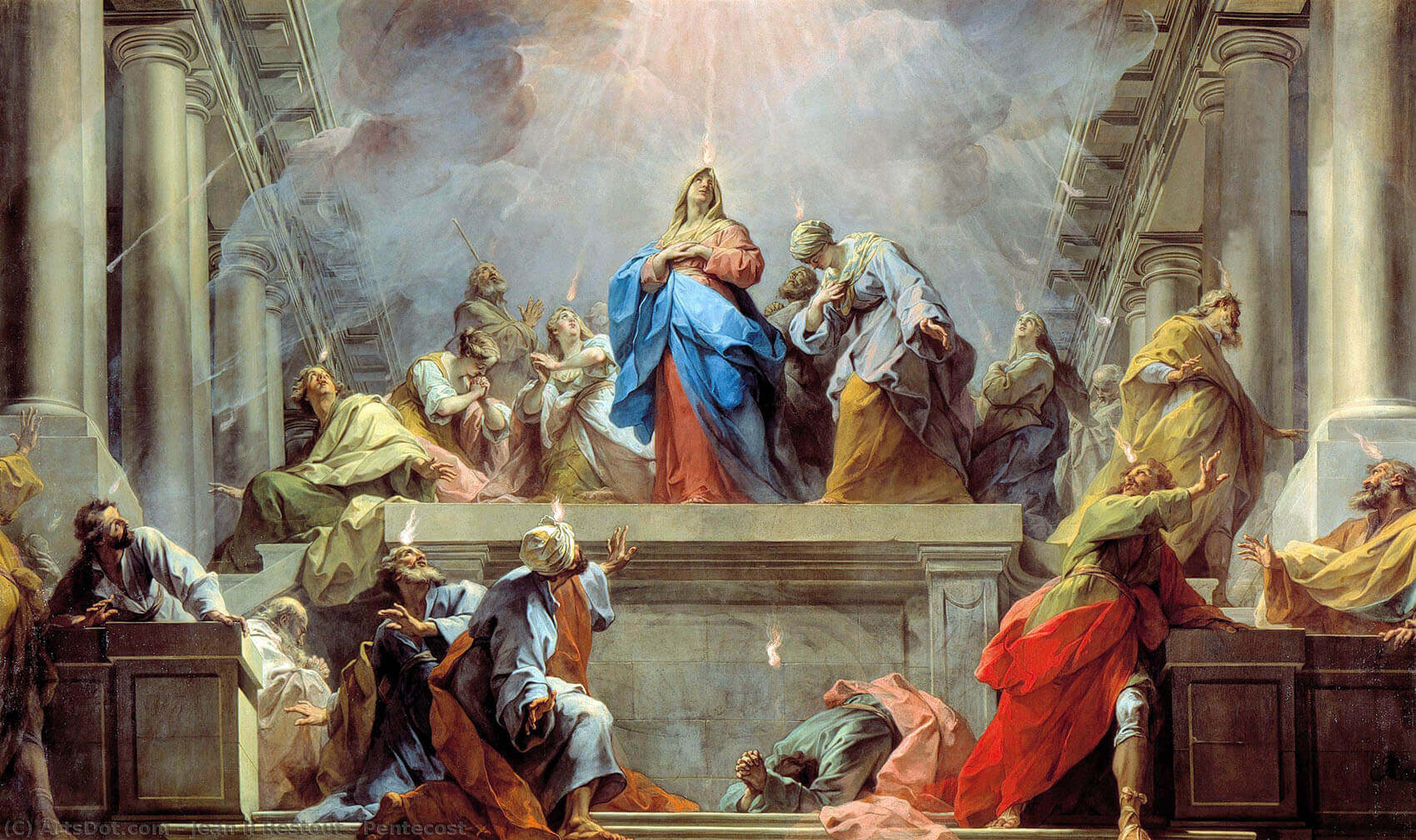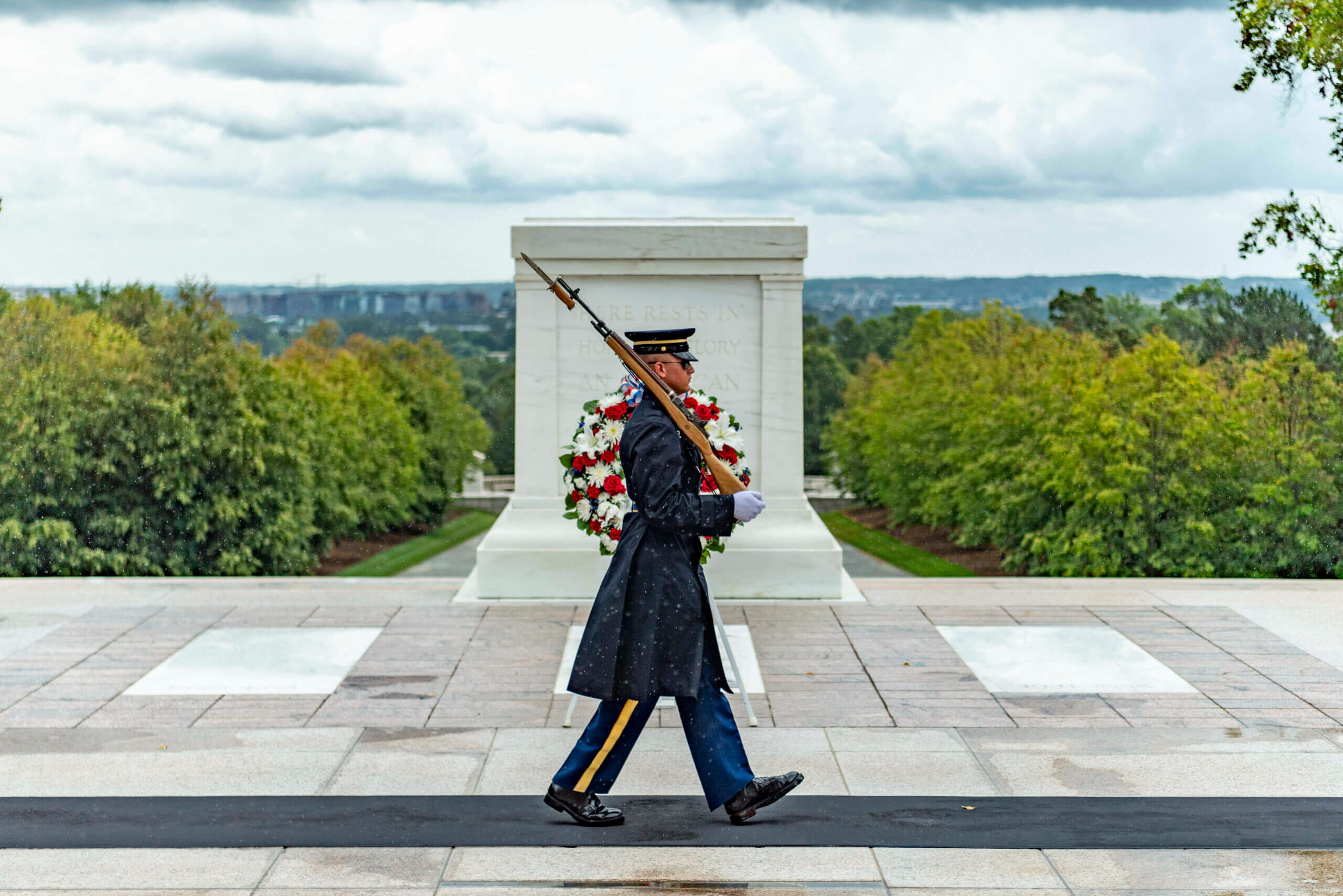
…In order to insure proper and widespread observance of this anniversary, all veterans, all veterans’ organizations, and the entire citizenry will wish to join hands in the common purpose.
President Dwight Eisenhower, October 8th, 1954
Our son is currently deployed overseas, so you might say that this Veterans Day is personal for our family. But I believe that every Veterans Day is personal for all of us Americans. As President Eisenhower gave witness in 1954: “…it has long been our custom to commemorate November 11th, the anniversary of the ending of World War I, by paying tribute to the heroes of that tragic struggle and by rededicating ourselves to the cause of peace…Veterans Day is a time to honor and express gratitude to all those who have served in the United States Armed Forces.”
This includes individuals who have served in times of war and peace, those who are living and deceased, as well as those who have served in active duty or reserves.
Veterans Day is different than Memorial Day, which is observed on the last Monday in May and is set aside as a day for remembering and honoring military personnel who have died in the service of their country, particularly those who died in battle or as a result of wounds sustained in battle.
On Veterans Day we can specifically honor the following:
- Those Who Gave Their Lives: Honoring the memory of those who made the ultimate sacrifice and lost their lives in service to their country.
- Active Duty Service Members: Those currently serving full-time in the military.
- Reserve and National Guard Members: Individuals who serve part-time in the military, balancing civilian life with their military duties.
- Retired Service Members: Veterans who have completed their military service and moved into civilian life. Individuals who have served in the U.S. Armed Forces across all branches: Army, Navy, Air Force, Marines, and Coast Guard.
- Medal of Honor Recipients and Other Awardees: Recognizing individuals who have received awards for exceptional acts of valor and service. (The Medal of Honor is the nation’s highest and most prestigious military decoration for valor. Some people might not be aware that five recipients of this award were Catholic chaplains.)
- Families of Veterans: Recognizing the support and sacrifices made by the families of those who have served, including spouses, children, and parents.
There is no doubt that most of us know someone who qualifies for one of the categories listed above. So Veterans Day is personal for all of us.
Perhaps, like our family, you have your own family connections to veterans or active-duty service members. Whether parents, siblings, children, or extended family, the sacrifices and commitments made by these individuals directly affect and influence our lives. But even if you don’t, veterans have defended and continue to defend the freedoms and rights we all enjoy every day. Veterans Day is personal because it highlights the importance of that freedom and reminds us of the courage and dedication needed to maintain it.
Today, the number of foreign sites with installations and facilities that are either in active use and service, or that may be activated and operated by American military personnel and allies, is just over 1,000. According to the U.S. Department of Defense’s annual demographics report, there are approximately 2,077,630 United States service members.

How We Can Commemorate Veterans Day
The best way to honor veterans is to pray for them; for those who have died in service of our country, for those now serving, and for all veterans who have served our nation.
Other ways you can spiritually support our veterans:
1) Have Masses offered for our military and their families, including for the faithful departed who have died in service to our country.
2) Offer up your daily sufferings and sacrifices for those who have suffered and sacrificed for your protection and freedom.
3) Make sure the names of military personnel from your parish or town are printed in your parish bulletin as a reminder to pray for them by name.
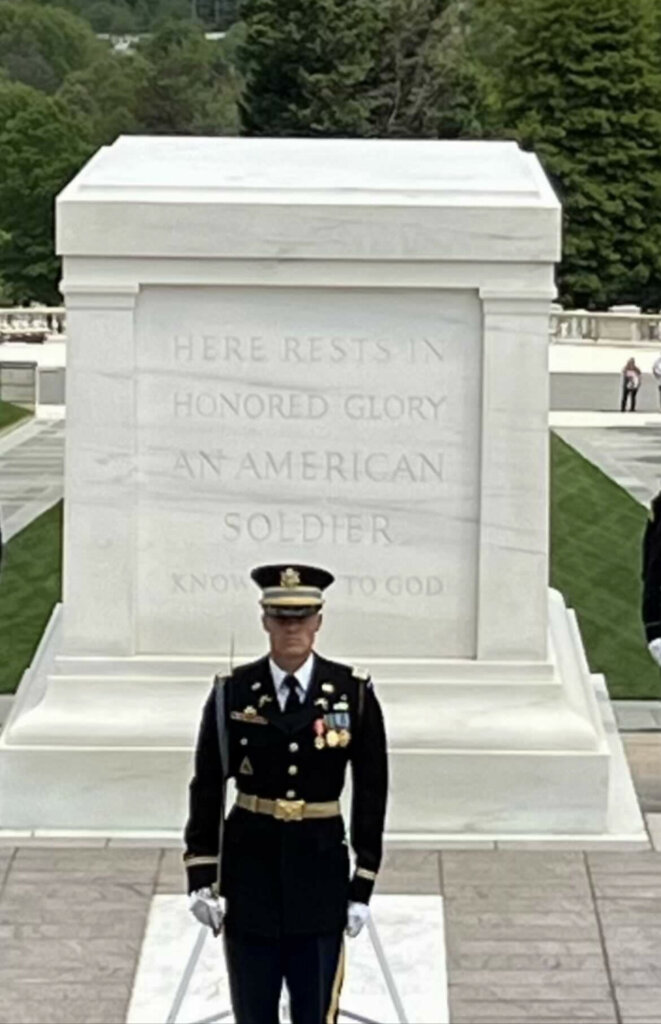
A Remarkable Place of Remembrance and Honor
Another way to recognize Veterans Day is to learn about a very special tribute that has occurred every day since April 6, 1948, and the unique environment where this tribute takes place. The Tomb of the Unknown Soldier, located in Arlington Cemetery in Virginia, has been guarded 24 hours a day, 365 days a year with zero exceptions since 1948.
On the large, neoclassical, white marble sarcophagus are the words: “HERE RESTS IN HONORED GLORY AN UNKNOWN SOLDIER KNOWN ONLY TO GOD.” Arlington Cemetery, officially known as the Soldiers’ and Airmen’s Home National Cemetery, is one of the country’s oldest national cemeteries. The cemetery’s rolling hills mark the final resting place for more than 14,000 veterans, including those who fought in the Civil War.
If you have not visited this incredible place of homage, I highly recommend you do it the next time you are in or around Washington, D.C. Every hour during winter and every half hour during the summer and daylight hours, you can see the “Changing of the Guard” at the tomb. One guard, a soldier of the 3rd U.S. Infantry Regiment, who is trained to serve at the tomb, relieves another from his post in a ceremony executed with the utmost precision. The 3rd U.S. Infantry Regiment, a regiment of the United States Army, currently has three active battalions and is readily identified by its nickname, “The Old Guard,” as well as its role as Escort to the President.
Our family has learned more about the Old Guard and its significance since one of our sons currently serves there.
The Connection Between Veterans Day and the Tomb of the Unknown Soldier
The history behind Veterans Day and the Tomb at Arlington is an interesting one. Before Veterans Day was given its current name, it was known as “Armistice Day.” In 1921, an unknown World War I American soldier was buried in Arlington National Cemetery. This site, on a hillside overlooking the Potomac River and the city of Washington, D.C., became the focal point of reverence for America’s veterans.
Similar ceremonies occurred earlier in England and France, where an unknown soldier was buried in each nation’s highest place of honor—in England, at Westminster Abbey; in France, at the Arc de Triomphe. These memorial gestures all took place on November 11th, giving universal recognition to the celebrated ending of WWI fighting at 11 a.m., November 11th, 1918 (the 11th hour of the 11th day of the 11th month).
Armistice Day officially received its name in America in 1926 through a Congressional resolution, becoming a national holiday 12 years later by a similar Congressional action.
If the idealistic hope had been realized that World War I was “the War to end all wars,” November 11 might still be called Armistice Day. But only a few years after the holiday was proclaimed, war broke out in Europe. Sixteen and one-half million Americans took part. Four hundred seven thousand of them died in service, more than 292,000 in battle.
from Celebrating America’s Freedoms, U.S. Department of Veterans’ Affairs
The first celebration using the term “Veterans Day” occurred in Birmingham, Alabama, in 1947. Raymond Weeks, a World War II veteran, organized “National Veterans Day,” which included a parade and other events to honor all veterans. The festivities were held on November 11th, then designated “Armistice Day.” Later, U.S. Representative Edward Rees of Kansas proposed a bill that would change Armistice Day to Veterans Day. In 1954, Congress passed the bill and President Eisenhower signed it, proclaiming November 11th as Veterans Day.
…Whereas it has long been our custom to commemorate November 11, the anniversary of the ending of World War I, by paying tribute to the heroes of that tragic struggle and by rededicating ourselves to the cause of peace; and
Whereas in the intervening years the United States has been involved in two other great military conflicts, which have added millions of veterans living and dead to the honor rolls of this Nation; and
Whereas the Congress passed a concurrent resolution on June 4, 1926 …, calling for the observance of November 11 with appropriate ceremonies, and later provided in an act approved May 13, 1938 …, that the eleventh of November should be a legal holiday and should be known as Armistice Day; and
Whereas, in order to expand the significance of that commemoration and in order that a grateful Nation might pay appropriate homage to the veterans of all its wars who have contributed so much to the preservation of this Nation, the Congress, by an act approved June 1, 1954 …, changed the name of the holiday to Veterans Day:
Now, Therefore, I, Dwight D. Eisenhower, President of the United States of America, do hereby call upon all of our citizens to observe Thursday, November 11, 1954, as Veterans Day.
Excerpt from a proclamation given by President Eisenhower on October 8, 1954
Two more unidentified American war dead were brought from overseas and buried in the plaza beside the unknown soldier of World War I on Memorial Day 1958. One of them was killed in World War II, the other in the Korean War. In 1984, an unknown serviceman from the Vietnam War was placed alongside the others. However, the remains from Vietnam were exhumed on May 14, 1998, and identified as Air Force 1st Lt. Michael Joseph Blassie and were therefore removed for interment amongst the known soldiers.
To honor these unknown men, symbolic of all Americans who gave their lives in all wars, an Army honor guard from the 3rd U.S. Infantry Regiment keeps vigil day and night.
A Recalling of the Significance of November 11th
A law passed in 1968 changed the national commemoration of Veterans Day to the fourth Monday in October. Why? Well, not for the noblest of reasons.
From the U.S. Department of Veterans Affairs:
The Uniform Holiday Bill was signed on June 28, 1968, and was intended to ensure three-day weekends for Federal employees by celebrating four national holidays on Mondays: Washington’s Birthday, Memorial Day, Veterans Day, and Columbus Day. It was thought that these extended weekends would encourage travel, recreational and cultural activities and stimulate greater industrial and commercial production. Many states did not agree with this decision and continued to celebrate the holidays on their original dates.
U.S. Department of Veterans Affairs
Not surprisingly, the first Veterans Day under the new law was observed “with much confusion on October 25, 1971.” An article in a well-known Washington newspaper explained, “It was quite apparent that the commemoration of this day was a matter of historic and patriotic significance to a great number of our citizens.” So on September 20th, 1975, President Gerald R. Ford signed Public Law 94-97, which returned the annual observance of Veterans Day to its original date of November 11th, beginning in 1978.
This action supported the desires of the overwhelming majority of state legislatures, all major veterans service organizations, and the American people.
President Gerald R. Ford
Please join me in praying for all who currently serve (especially those now deployed), those who once served, and those who died serving the United States of America.
November 11th is still an important day for the American people. It is personal for us all.
